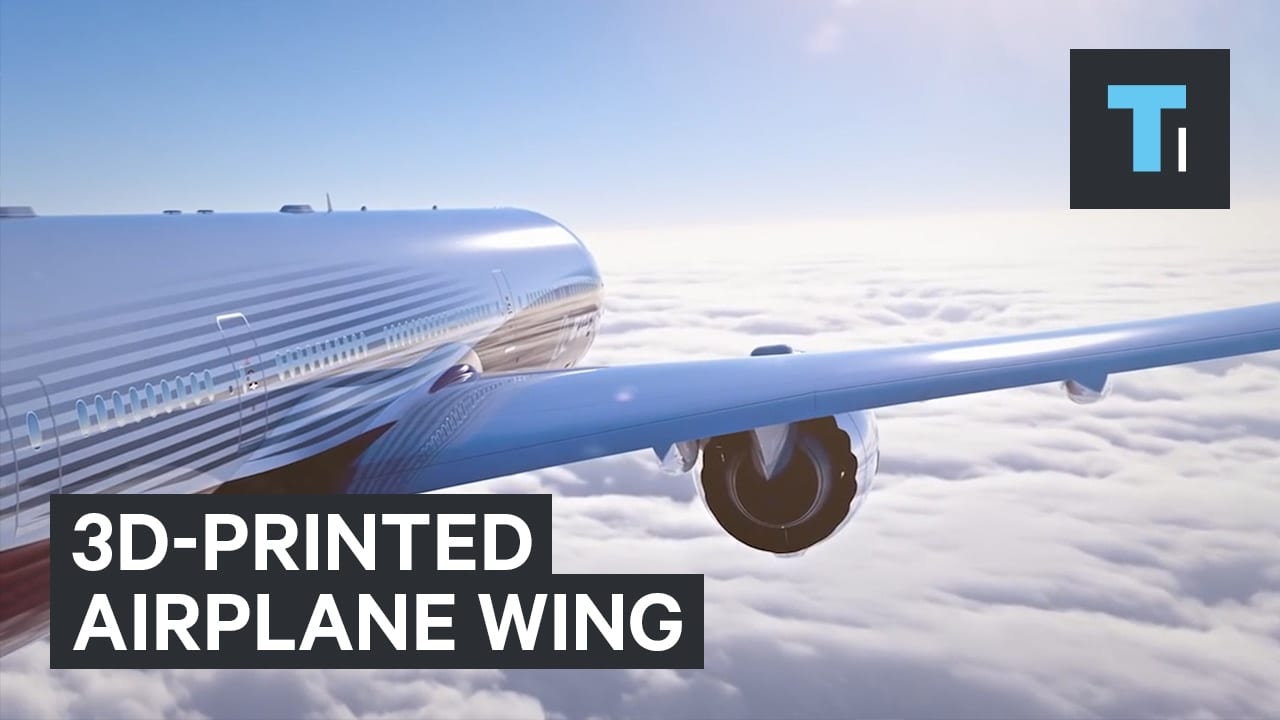
Allevi Blog
3D Printing Will Disrupt Industries from Manufacturing to the Life Sciences
- Updated on May 24, 2022
Technological progress is marked by highly disruptive technologies – technologies that people don’t think they need when a new market comes up, but which fundamentally change the way we live our lives. We saw it with personal computers in the late 70s and early 80s. We saw it again with smartphones in the last decade. And we’re seeing it right now with 3D printing of plastics. 3D printing will disrupt manufacturing industries from automotive, aeronautical, and even life sciences.
Major industries are already pulling 3D plastic printing closer to the mainstream. The automobile industry is 3D printing parts and the start-up, Urbee, is making the push towards almost entirely 3D printed cars! The defense industry is incorporating 3D printing into weapons systems and training devices to lower manufacturing costs. Boeing is 3D printing over 300 parts for its planes.

Plastic 3D printing has allowed rapid prototyping to take on a whole new meaning. Scale mock-ups can be created with incredible precision and reproducibility without needing to retool large-scale manufacturing operations. It’s a potential game-changer in terms of cutting shipping and storage costs – something that could dramatically offset the higher per-unit cost of manufacturing with 3D printing.
So now we come back to the life sciences. Can we expect a similar trajectory for 3D bioprinting as we’ve seen for 3D plastic printing? We definitely believe it can!
A complex 3D construct for cartilage, for example, with interconnected pores and multiple different types of layers would normally take days to make piece by piece. A bioprinter could, perhaps, do it all in a fraction of that time.
A high school biology lesson on diffusion across a membrane takes on a whole new meaning as students observe a colored dye flowing through a 3D gel with an embedded membrane structure which they made as opposed to looking at a 2D picture in a book.
Trying to decide how a liver cell behaves in the body’s 3D microenvironment now becomes a more manageable task because you can actually print a whole liver organoid, label different structures radioactively or with dyes and follow everything in 3D.
Here at Allevi, we believe that 3D printing will disrupt the way we engineer biology. To understand our highly complex bodies, we’ve looked at simple organisms such as a planarian to understand how development works. Let’s add a powerful tool to combine that critical understanding of development with the ability to recreate it in an environment that mimics nature much more closely than ever before. Let’s take the lessons we have learned about functionality and easy access from personal computers, smartphones, and plastic 3D printing and apply them to tackle some of the biggest problems we face as a species – those of our health and fitness.

